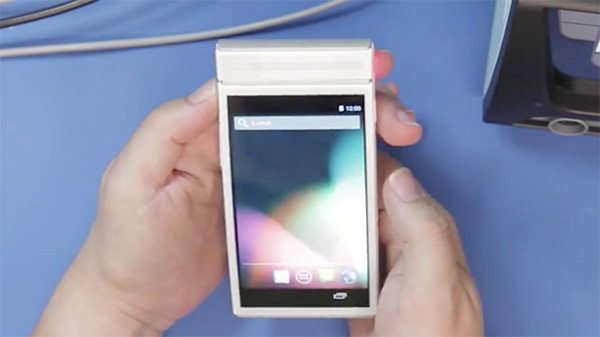Assembled Project Ara phone shown booting Android

The last time we heard about Project Ara was back in September when a working prototype was in the rumours, and we’ve got official wording on Android 5.0 Lollipop being the platform of choice for the lego-phone. Said prototype is supposed to show up in December, when the next Project Ara conference is supposed to happen, but apparently that conference has now been confirmed to take place in early 2015. There will actually be two events, “identical in content”, as explained by Google. The reason behind this is that “we just wanted to bring the Developers Conference closer to you (in space and time zone). The first event will be on January 14, 2015, with a central site in Mountain View and satellite locations at Google offices in New York City, Buenos Aires, and London. We will then repeat the same agenda for our developer friends in Asia a week later, on January 21, 2015. This second event will be in Singapore, with satellite locations at Google offices in Bangalore, Tokyo, Taipei, and Shanghai“, says official wording.
Accompanying the information above is a video posted on the official PhoneBlocks YouTube page, showing off a fully assembled phone booting into Android. But there are a lot of steps needed in order to get that prototype showing the Android logo, as represented in the image attached. The video talks about designing the chips, manufacturing them, testing each component individually, putting everything together, and powering on the “Spiral 1” prototype for the first time. A “Spiral 2” prototype will be shown off at the upcoming developer conference, and, the difference between these two prototype generations is that the second one will have further customised chips that will allow developers more freedom to work their magic.
To refresh your memory, Project Ara was first known as PhoneBlocks, a modular smartphone concept consisting of a mainboard which can be customized according to user needs, with different modules. These modules represent different hardware components, one for each piece, including cameras, batteries, processors, etc. Not only the user could be able to build his or her own phone, but upgrading, as well as switching out faulty components should be, according to the concept, very easy.
Source: PhoneBlocks (on YouTube), Google
Via: Android Central

Live Comment
Your email address will not be published.